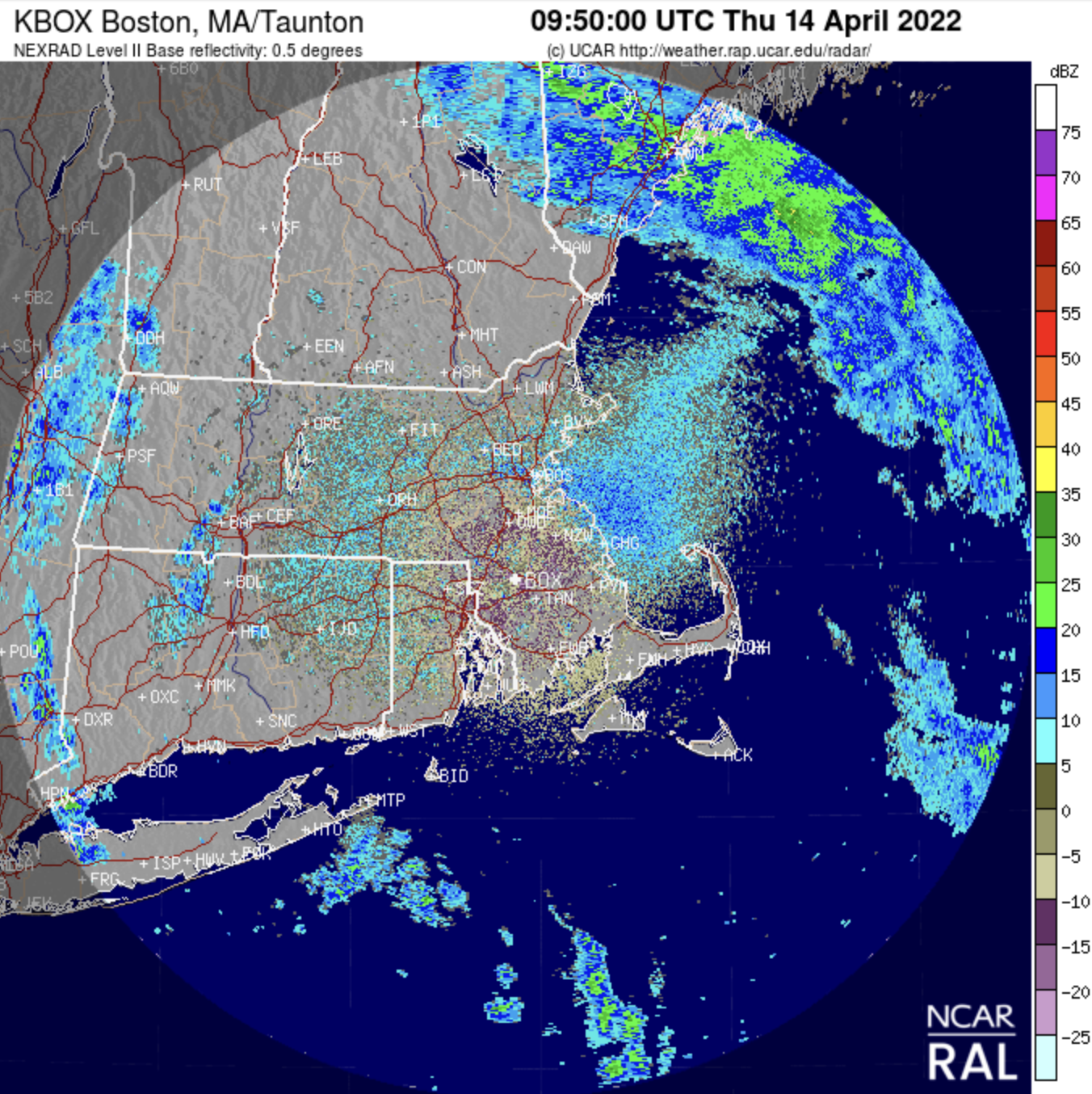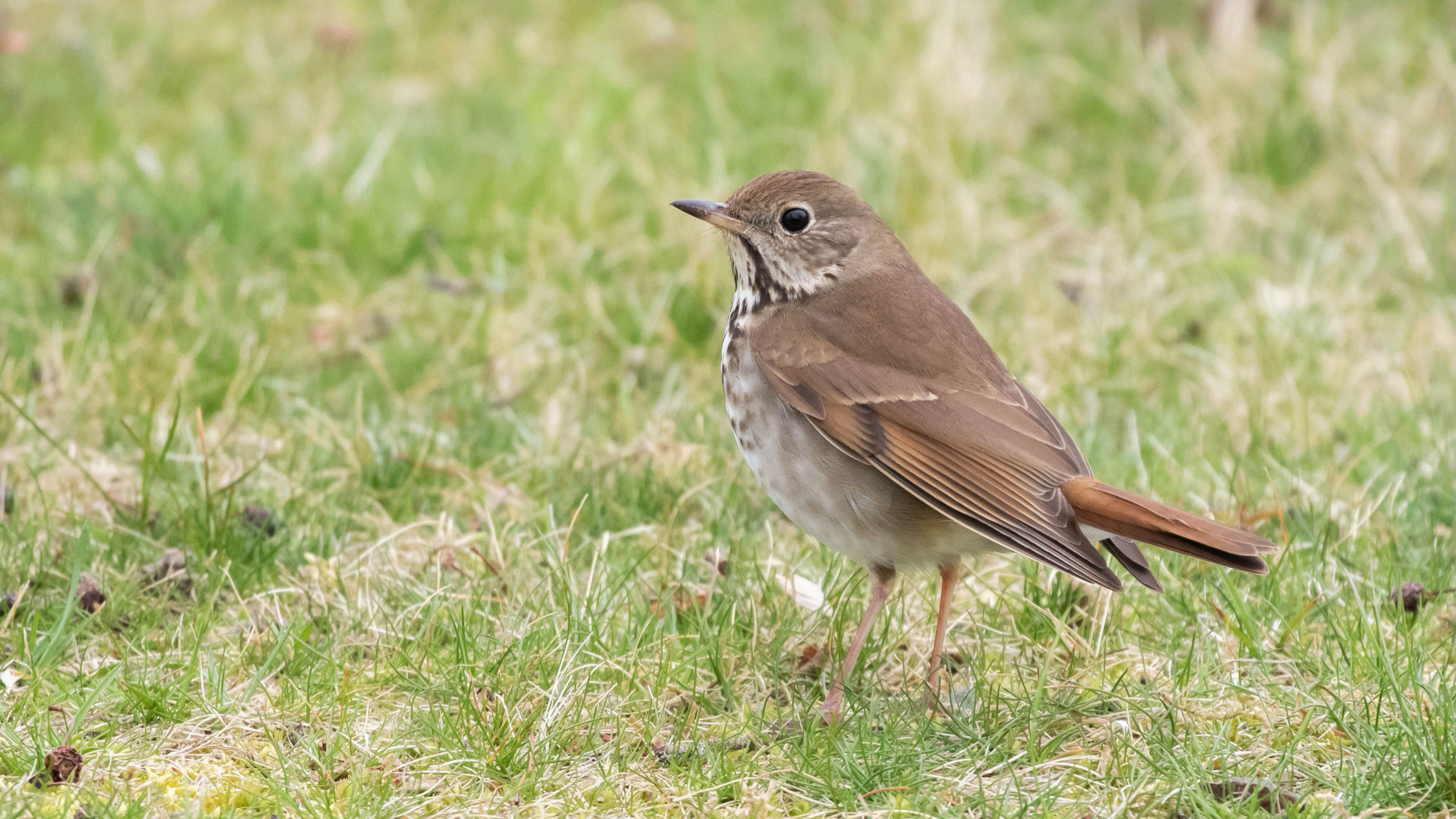By Emily Renaud
Around April 12, Massachusetts birders were surprised to find thousands of migrating birds grounded by a perfect mix of treacherous weather conditions; the waylaid migrants were seen crowding lawns, parks, and even busy roadsides.
With spring migration officially in full swing, large flocks of first-wave migrants are already speeding through New England to far-northern breeding grounds. But last week’s southwest winds helped push an influx of migrating birds toward coastal Massachusetts, where bouts of precipitation and fog quickly complicated their flight plans.
Migration fallout, as it’s known among birders, occurs when migrating birds are forced to pause their travels (often in areas they wouldn’t normally stop at) because of unfavorable weather conditions.
It was “one of the best April fallouts I’ve experienced in Massachusetts,” wrote one eBird user in an April 12 record of birding on Plum Island, during which they counted over 250 Northern Flickers, 154 Golden-crowned Kinglets, and 58 Hermit Thrushes.
On a typical spring day, birders may see a small handful of migrants seeking respite on land. But days with rain, fog, or harsh winds could knock several thousand northbound birds out of the skies, resulting in a bird-a-palooza on land until the weather improves and migrants can continue on their journeys.
“Last week’s misty conditions likely disoriented birds flying over water, and places like Manomet’s headquarters–a green space right on the coast–make ideal spots to land and wait out nasty weather,” says Alan Kneidel, Manomet conservation biologist.
Like meteorologists, migration experts and bird enthusiasts often turn to Doppler Radar to see what’s happening in the skies, and detect which conditions could contribute to a birding bonanza on land.

“Doppler Radar can pick up bird movement just like it can water droplets. We can use it to see concentrations of birds moving through, and last week it showed an impressive movement of birds in [southeastern Massachusetts], as well as bands of rain from that cold front,” says Alex Lamoreaux, an avid birder and a former Manomet research technician. “Once the rain cleared, it looks like the birds that were knocked down tried taking off again over Cape Cod, but had to scramble back to land due to fog. It looks like this happened all the way from Manomet to Cape Ann.”
The grounded migrants from last week have since moved on, but migration has only just begun. Tools like the Cornell Lab of Ornithology’s BirdCast offer a user-friendly way of keeping tabs on migrating birds this season, layering weather data and “migration intensity” to show where birds are and let users predict where they’ll go next. Try it for yourself and see if you can predict the next great migration fallout this spring!





 Back to all
Back to all